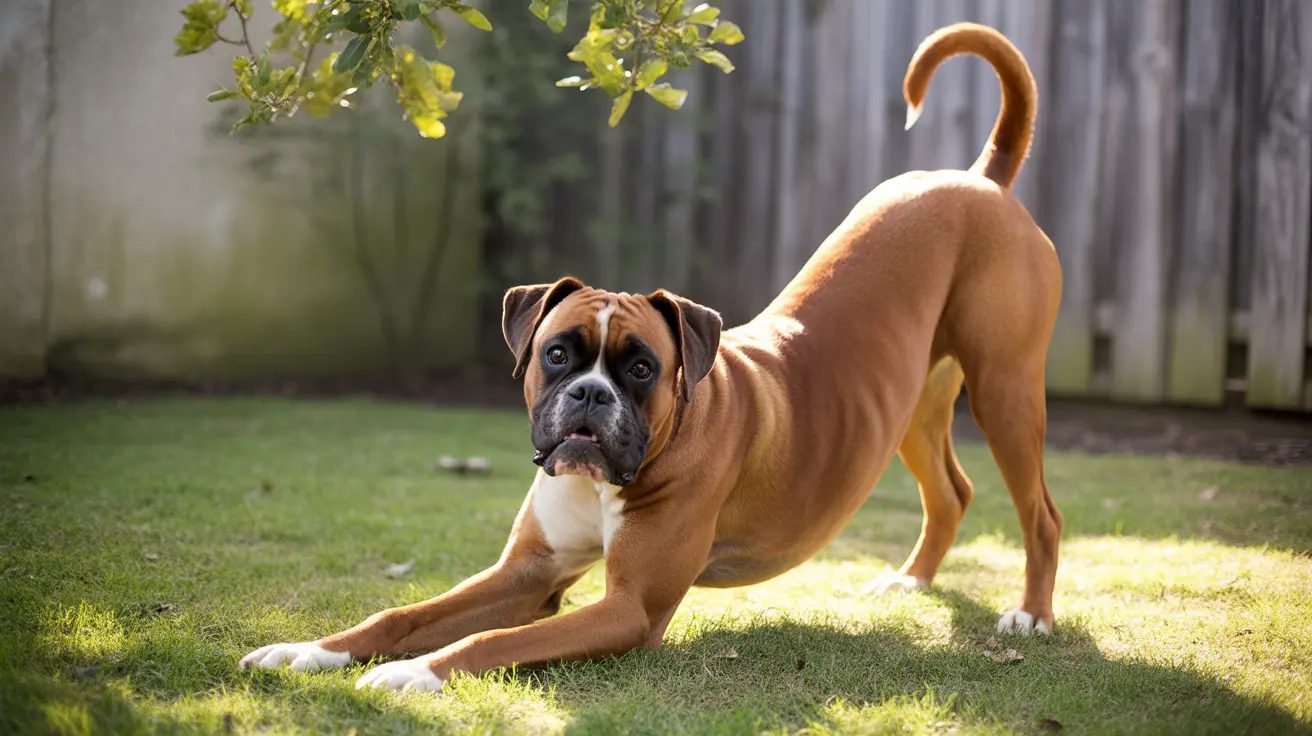How Dogs Apologize: Understanding Canine Behavior
Dogs may not offer verbal apologies like humans, but they possess a unique and recognizable way of expressing regret or attempting to reconcile after causing distress or conflict. Understanding how dogs apologize can strengthen the bond between pets and owners and improve communication.
Recognition of Emotional States
Dogs are highly social animals that have evolved alongside humans. Through domestication, they have developed a keen ability to recognize human emotions and respond accordingly. When a dog senses that its actions have upset someone, it may attempt to 'apologize' using specific body language cues.
Common Apologetic Behaviors in Dogs
- Lowered Head or Body: When a dog feels guilty or submissive, it may lower its head or body as a signal of appeasement.
- Tucked Tail: A dog that is apologizing may tuck its tail between its legs, which shows deference to the owner’s authority.
- Licking or Nuzzling: Dogs often try to get physically close by licking or gently nuzzling an individual to reestablish affection and trust.
- Whining or Soft Vocalizations: Soft whimpers can indicate that a dog acknowledges a problem and is seeking to resolve it peacefully.
- Avoiding Eye Contact: In dog language, direct eye contact can signal challenge, so avoiding it is a way to show submission and apology.
Why Do Dogs Apologize?
Dogs live in social groups and have inherited traits from their wolf ancestors, who relied on clear social signals to maintain harmony. Apology-type behaviors help reduce tension and maintain group stability. Because dogs see humans as part of their social structure, they may use these same behaviors with people.
Interpreting Dog Behavior Accurately
It’s important for owners not to misinterpret signs of fear as guilt. A dog appearing guilty may simply be responding to an owner’s angry tone or body language. Research has shown that dogs often react to human cues rather than feeling remorse in a human sense.
Key points include:
- Dogs read facial expressions and vocal tone more than understanding the cause-effect of their actions.
- Reinforcements (positive or negative) shape how dogs behave post-incident.
- Submissive signals help reduce a perceived threat or tension.
Helping Your Dog Learn Better Behavior
- Stay calm: Yelling can scare your dog and inhibit learning.
- Use consistent cues: Dogs thrive on predictability. Clear commands help them understand expectations.
- Reward good behavior: Reinforcing desirable actions helps them occur more often.
- Avoid punishment: Shaming or physical corrections can damage trust and promote fear.
By nurturing positive behavioral associations and understanding your dog’s social signals of apology, you’ll support a healthier, more communicative relationship.
Conclusion
Dogs don’t apologize in the human sense, but their body language and actions convey attempts to reconcile. Recognizing and interpreting these signals helps humans respond with understanding and supports a strong, trust-based bond between dog and owner.





